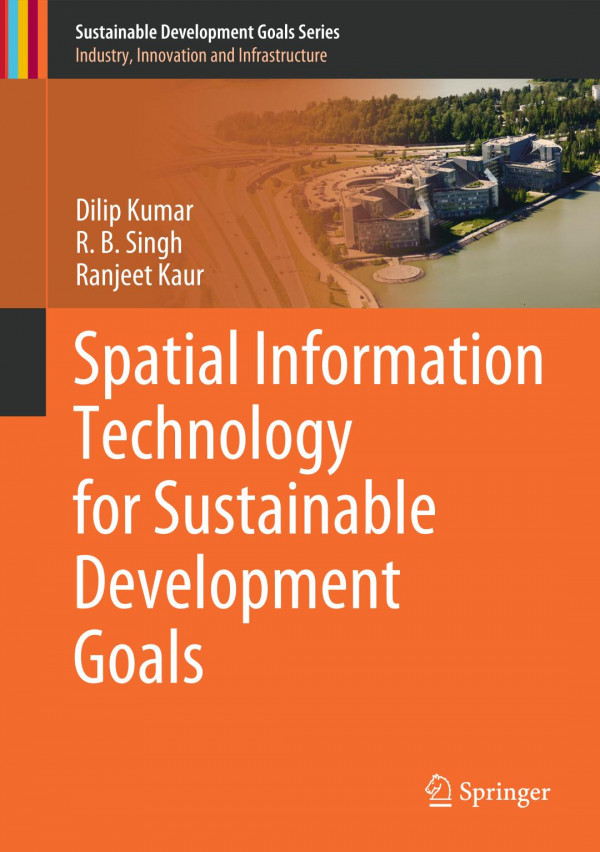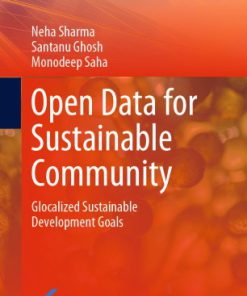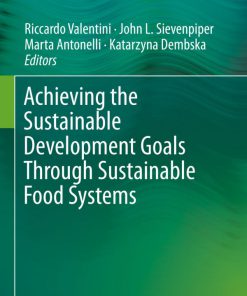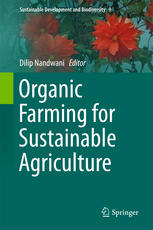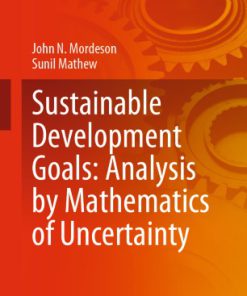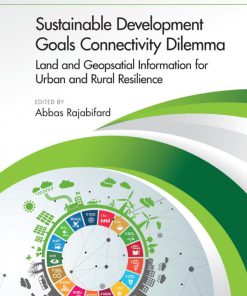Spatial Information Technology for Sustainable Development Goals Dilip Kumar
$50.00 Original price was: $50.00.$25.00Current price is: $25.00.
This completed downloadable of Spatial Information Technology for Sustainable Development Goals Dilip Kumar
Instant downloaded Spatial Information Technology for Sustainable Development Goals Dilip Kumar pdf docx epub after payment.
Product details:
- ISBN-10 : 3319580388
- ISBN-13 : 978-3319580388
- Author: Dilip Kumar (Author), R.B. Singh (Author), Ranjeet Kaur (Author)
This textbook aims to develop a scientific knowledge base on spatial information technology to communicate the United Nations’ Sustainable Development Goals (SDGs) among students, researchers, professionals and laymen. The book improves understanding of the spatial database and explains how to extract information from this for planning purposes. To enhance the knowledge of geoscientists and environmentalists, the book describes the basic fundamental concepts to advance techniques for spatial data management and analysis and discusses the methodology. The Geographic Information System (GIS), remote sensing and Global Positioning System (GPS) are presented in an integrated manner for the planning of resources and infrastructure. The management of these systems is discussed in a very lucid way to develop the reader’s skills. The proper procedure for map making and spatial analysis are included along with case studies to the reader. Where thefirst part of the book discusses the conceptual background, the second part deals with case studies using these applications in different disciplines. The presented case studies include land use, agriculture, flood, watershed characterization and infrastructure assessment for the Sustainable Development Goals.
Table of contents:
Part I. Conceptual Background and Fundamentals of Spatial Information Technology
1. Spatial Information Technology: Definitions, Types and Linkages
2. GIS Databases: Spatial and Non-spatial
3. Remote-Sensing Technology
4. Global Positioning System
5. Geo-Referencing System
6. Spatial Mapping and Sustainable Resource Management
7. Spatial Data Analysis
8. Map Visualisation and Output
Part II. Case Studies: Application of Spatial Information Technology for Sustainable Development Goals
9. SDG 15: Case Study – Land-Use Modelling for Micro (Block)-Level Planning
10. SDG 12: Case Study – Watershed Characterisation and Prioritisation for Land and Water Resource Management
11. SDG 13: Case Study – Monitoring and Assessment of Flood-Inundated Areas
12. SDG 9: Case Study – Infrastructure Assessment for Sustainable Development
13. SDG 2: Case Study – Crop Modelling for Sustaining Agricultural Productivity
14. Spatial Information Technology Applications in Other SDGs
15. Conclusion: Spatial Information Technology for Sustainable Development Goals
People also search:
are information technology jobs in demand
is spatial intelligence rare
is gis information technology
can spatial intelligence be improved
can spatial reasoning be improved
You may also like…
Politics & Philosophy - Social Sciences
Politics & Philosophy - Women's Studies
Engineering - Telecommunications
Technique - Food Manufacturing
Biology and other natural sciences - Plants: Agriculture and Forestry
Organic Farming for Sustainable Agriculture 1st Edition by Dilip Nandwani 3319268031 9783319268033
Engineering - Telecommunications
Politics & Philosophy


